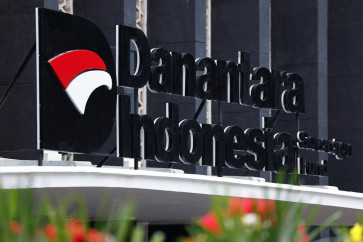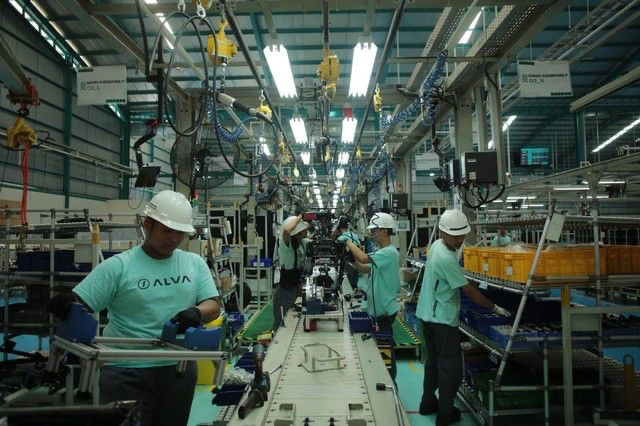Popular Reads
Top Results
Can't find what you're looking for?
View all search resultsPopular Reads
Top Results
Can't find what you're looking for?
View all search resultsGlobal demand for palm oil intact
(JP/R
Change text size
Gift Premium Articles
to Anyone
(JP/R. Berto Wedhatama)
Global demand for Indonesian palm oil grew at a steady rate in the first half of this year, as shown by an 8 percent growth in export volume to 7.91 million metric tons, easing off fears that the price of the commodity would continue to slump amid weakening global demand.
The Indonesian Palm Oil Producers Association (Gapki) says demand from key markets is showing
some resilience despite the perceived impact of the economic crises in the US and the EU that have engulfed the global economy since late 2008.
Exports to China, the second-largest buyer of Indonesian palm oil, reached 1.35 million metric tons in the first half of this year, up by 8 percent compared to the same period last year.
Exports to the fourth-largest buyer Pakistan, quadrupled to 407,679 metric tons, thanks to the preferential trade agreement signed with Indonesia last year.
Some weakening was evident in the export to the biggest buying country, India, trailing by 1.55 percent at 2.53 million metric tons. Exports to EU countries were also down, albeit only slightly, by 0.32 percent to 1.57 million tons.
Gapki executive director Fadhil Hasan said that in overall demand, palm oil exports remained at a healthy level, as indicated by the performance of palm oil exports. “The rise in volume of exports is
still in line with the estimate of the local industry,“ Fadhil told The Jakarta Post.
Earlier, the association had anticipated that palm oil exports would rise moderately this year, by 8.2 percent to 18.5 million tons, amid potential falls in demand due to worldwide economic downturn. The annual export growth reached 8.9 percent last year.
Fadhil said that his association was still confident it could reach the full year’s estimation, as the demand was likely to rise due to seasonal events, including Idul Fitri, Christmas and New Year festivities.
“We still have an optimistic outlook for the second half of the year, as events will significantly increase demand for palm oil,” he said, adding that greater demand from new markets would also help local business meet their full year target.
Based on Gapki’s calculations, the annual average price of crude palm oil (CPO) in the first half year was US$1,103 per metric ton, down by 3.5 percent from last year. The highest monthly average rise was recorded in May at $1,171, while the lowest was in January at $1,033.
The association forecast the CPO average price to be somewhere between $1,050 and $1,100 per ton until the end of the year. Even with the positive prognosis for industry growth, Fadhil said that domestic players were concerned with the recent developments in Europe and India.
Last week, India, the world’s biggest buyer of palm oil, lifted a freeze on the base price of imported refined palm oil from $484 per ton to follow the international price of $1,050 per ton. With a 7.5 percent import duty on the commodity already effective, the move will more than double the value of import taxes to around $80 a metric ton.
“We expect exports to India will remain stable and only the composition of the exports of crude palm oil and processed olein will change,” he said.
Fadhil said the uncertainty surrounding economic recovery in Europe would persist in the coming months, with most palm oil traders bracing for further weakening of demand.










